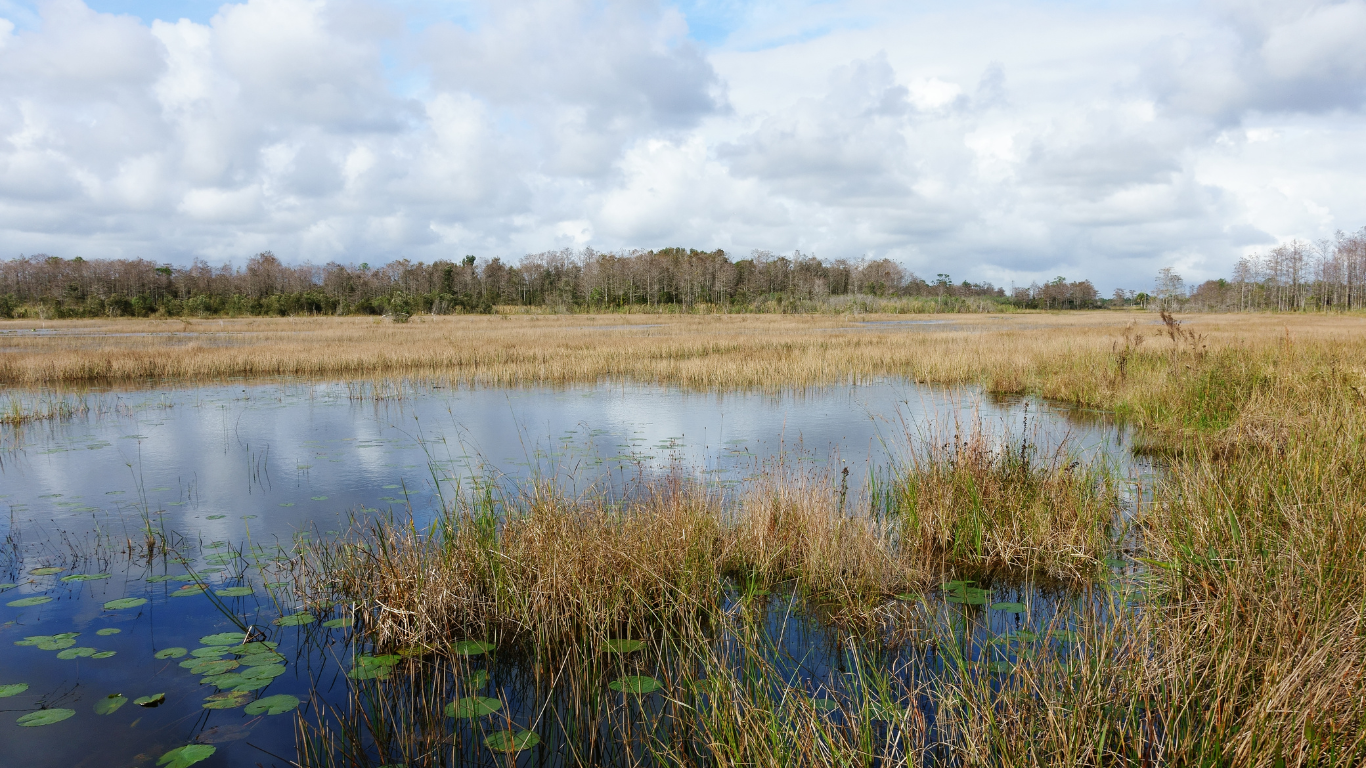
Illicit Discharge Surveys and Program Support
CWP offers assistance to municipalities on developing and improving programs to detect and eliminate illicit discharges. Specific services provided by CWP include: IDDE program reviews resulting in prioritized recommendations with estimated costs and timeframes; staff training on IDDE program basics and IDDE protocols to increase detection and enforcement capacity; development of a system to quantify and document pollutant reductions from illicit discharge elimination that ties in with regulations such as NPDES and TMDLs; development of regulatory guidance for IDDE; and conducting field assessments to identify and track the source of illicit discharges.
CWP wrote the book on IDDE, literally, producing a national guidance manual in 2004 that presents technical guidance for NPDES Phase II communities on how to build a local IDDE program. The 15-chapter manual contains information on establishing adequate legal authority and local ordinances; developing accurate mapping resources; conducting outfall reconnaissance investigation; using indicator monitoring to find and isolate discharges, techniques to prevent illicit discharges from generating sites, and methods to scope and cost a local IDDE program.
Since then, CWP has assisted more than two dozen communities with implementing the guidance in the manual and has continued to refine and improve IDDE protocols based on this experience. A recent focus of CWP’s assistance to communities on IDDE has been to quantify pollutant loads from illicit discharges so that communities can ultimately take credit for eliminating potentially significant sources of nutrients and bacteria. CWP’s work has supported the proposed inclusion of illicit discharge removal as a credited practice in the Chesapeake Bay Program’s Watershed Model.
